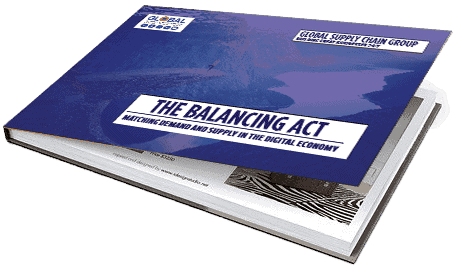Description
The Balancing Act – Matching Demand and Supply in Digital Economy
Andy Grove of Intel hit the nail on the head with this comment attributed to him:
“For a brief moment at some point, the demand will exactly equal the supply. Rest of the time we are scrambling either to meet demand or cut supply.”
It is not a joke. Every year, every company wastes hundreds of millions of dollars because of this mismatch between demand and supply.
Imagine what would happen if supply could be magically equal to the demand at every time and place. You would not need any warehouses. There would be no inventories. There would be no excess production capacity. There would be no shortages of goods at any time or place.
Of course, that is not possible in reality. It is just a thought experiment.
In reality, demand will either be short or surplus of supply. That is why you have to go through the arduous exercise of making them match each other. And closer you can bring them to each other, less you will waste.
This quest is not new. For centuries people have used the idiom ‘cut your cloth to suit your coat’ to say exactly the same thing.
In the industrial age, this quest to cut the waste new a new vigour, and now with the advent of the information age it has become much more feasible than ever in the past. Optimisation algorithms have made it possible to shave those extra milliseconds of mismatch out each time you improve the heuristics.
This report discusses the key problems, and their solutions, in the current state of the art as it applies to The Balancing Act.
If you want more information on this report – click here…





Reviews
There are no reviews yet.